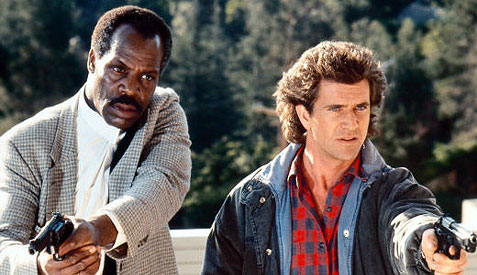The Buddy System: How Shane Black has continually reinvigorated and redefined the buddy cop film

While usually thought of as a hackneyed cliché from the ’70s and ’80s, the buddy cop film has actually been around a lot longer than that. Some trace its roots back to Kurosawa’s 1949 film “Stray Dog,” with early adopters being the politically charged “In The Heat of the Night” (1967) and the “I Spy” TV show in 1965. But it really grew legs with such films as “Hickey & Boggs” (1972), “Freebie and the Bean” (1974) and “48 Hrs.” (1982), each adding to the genre its own flair and nuance. (Please note: while the term is “buddy cop,” in this post the genre includes films with people that aren’t necessarily police officers; rather it’s just two, usually mismatched, partners joined together to solve a mystery.) So although it’s not as if famed filmmaker Shane Black invented the buddy cop film, for the past four decades, he has reinvented and reinvigorated an otherwise predictable and tired genre by using recurring tropes, witty banter and impressive action.
After “Die Hard,” “Lethal Weapon” is easily the most influential action film of the last 35 years. The spawn of homages and knockoffs that came after it is staggering, using Black’s template of the loose cannon and his straight-laced partner who engage in comic repartee while also delivering explosive violence. But many of the imitators that followed, including the “Lethal Weapon” films where Black isn’t involved (although he originally scripted the 1989 follow-up, it was heavily rewritten), missed that special mystery ingredient he brought to the first entry. “Lethal Weapon” is unique not just for its go-for-broke take on action, but also because it begins the type of story and archetypal characters that Black would revisit time and again over his career.
You can follow us on Twitter and Facebook for content updates. Also, sign up for our email list for weekly updates and check us out on Google+ as well.










